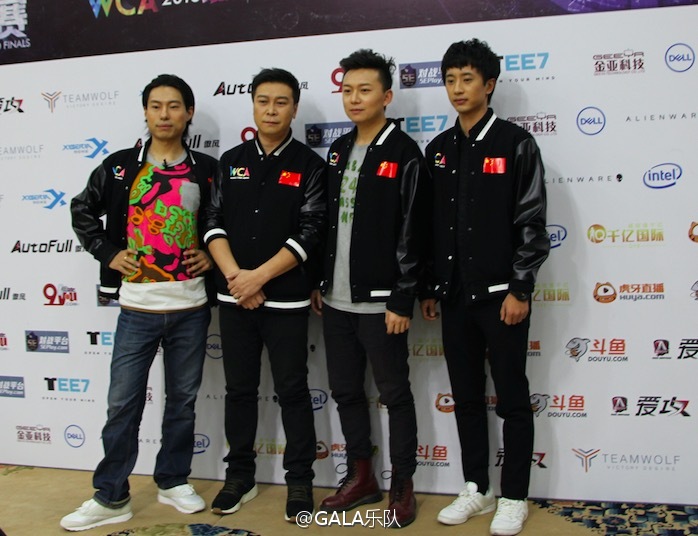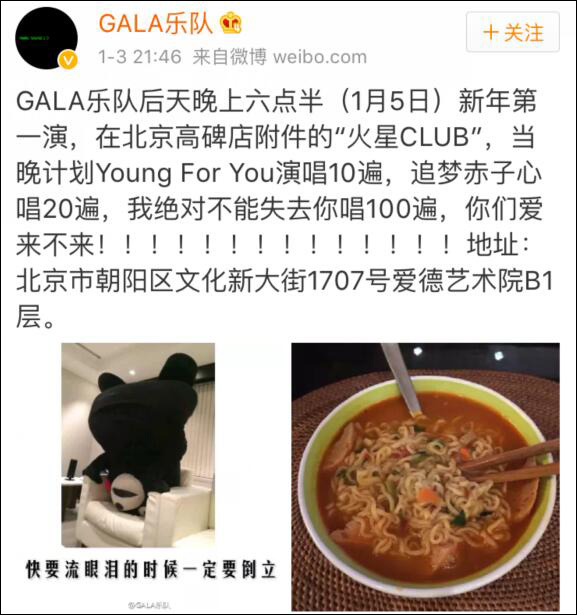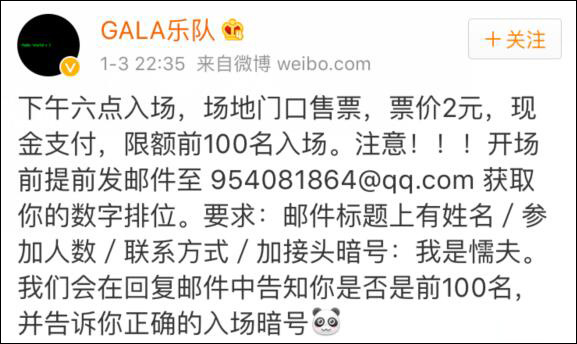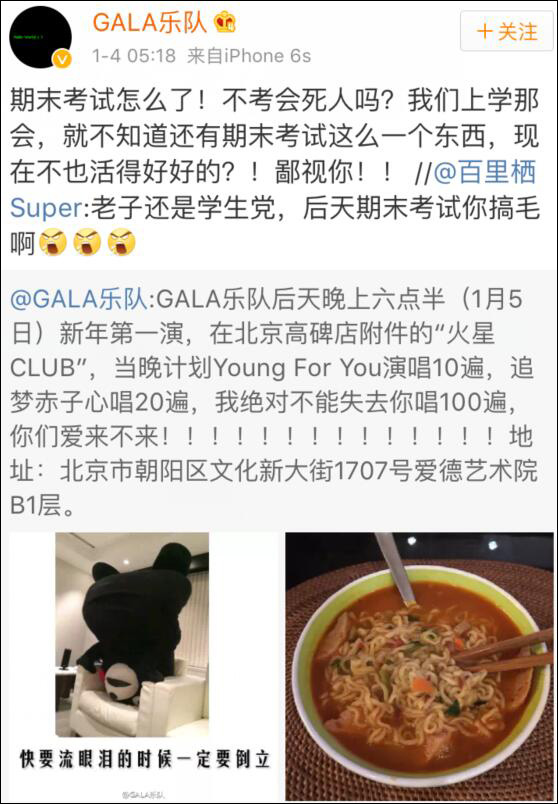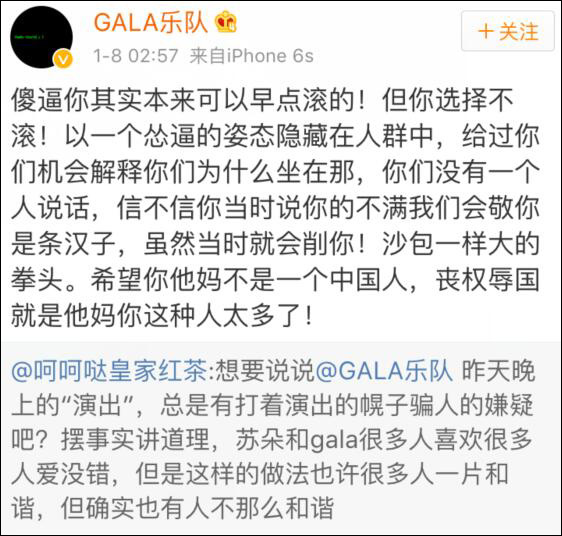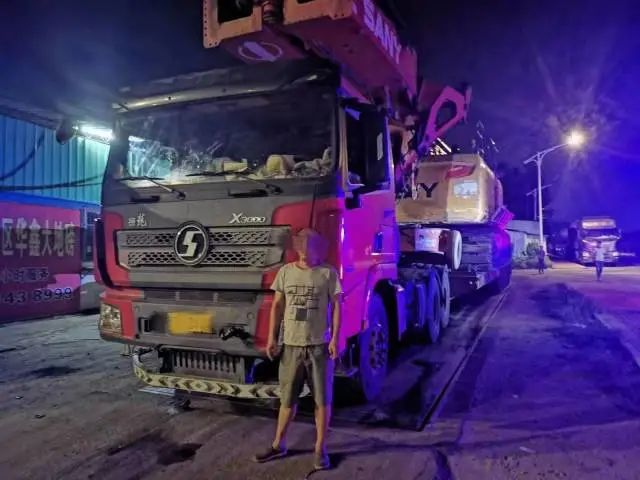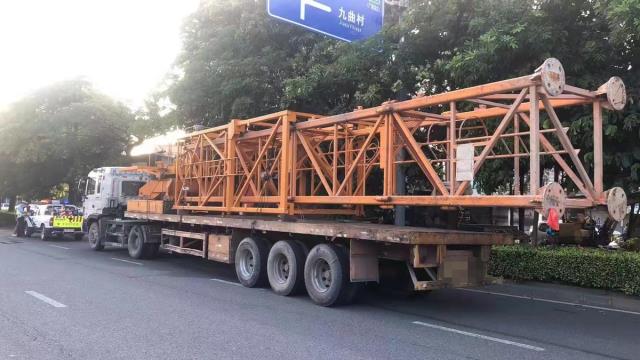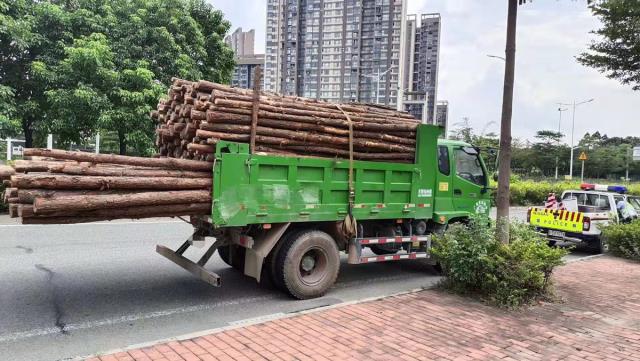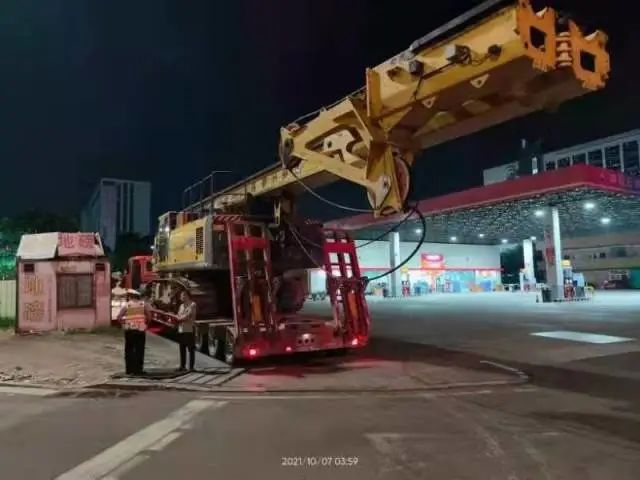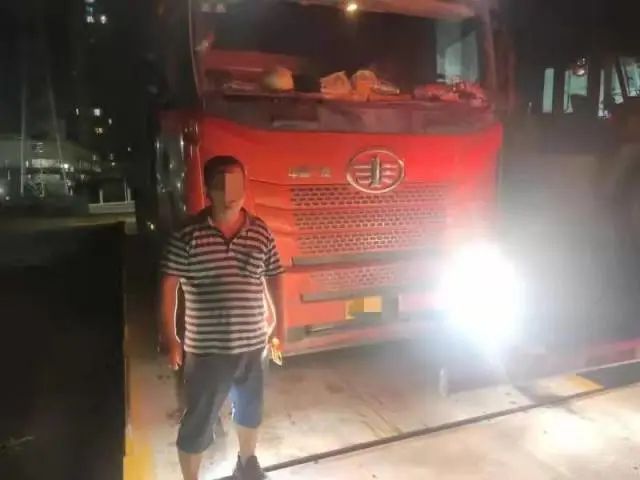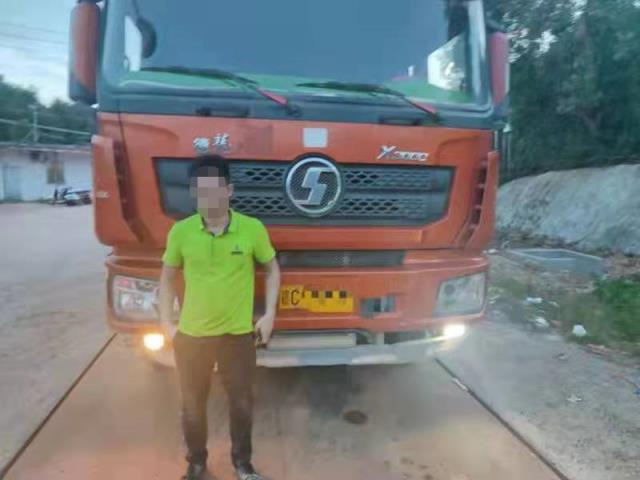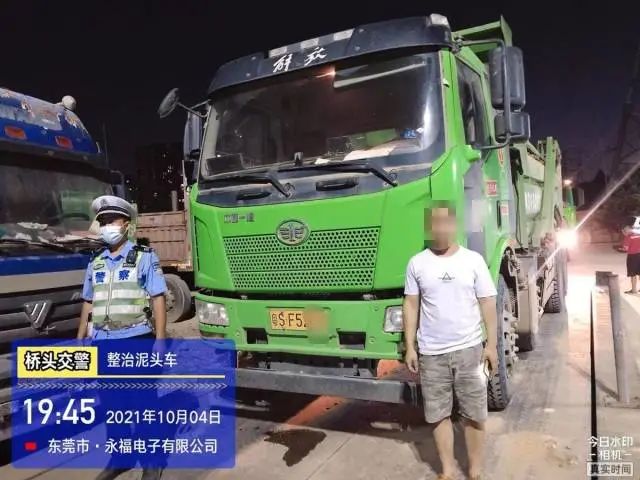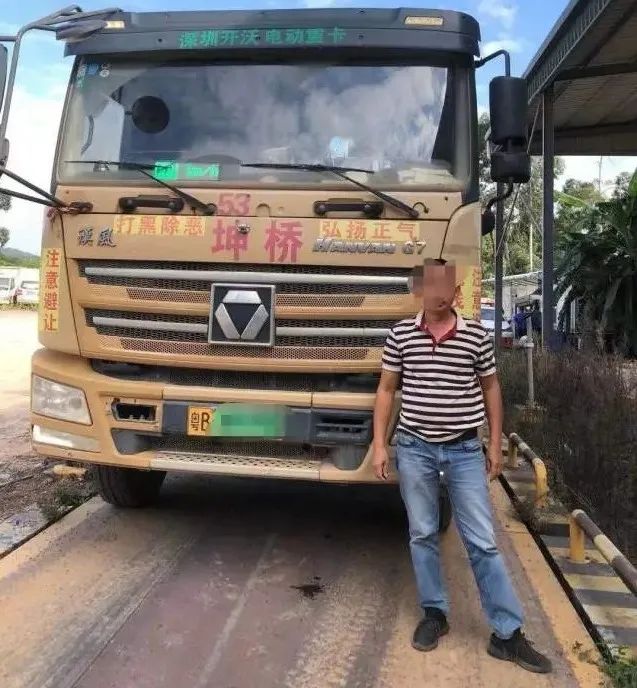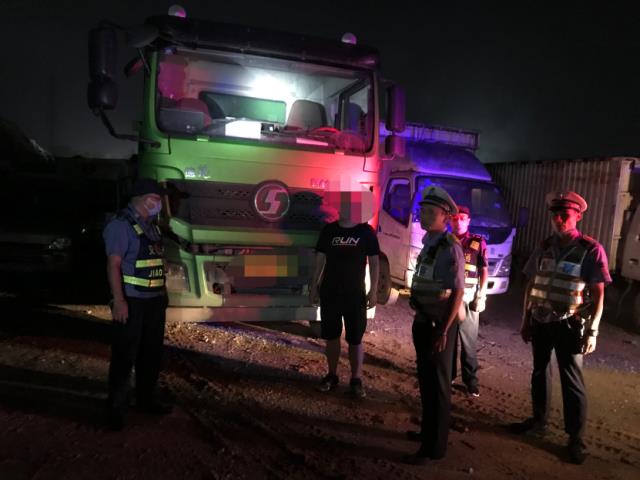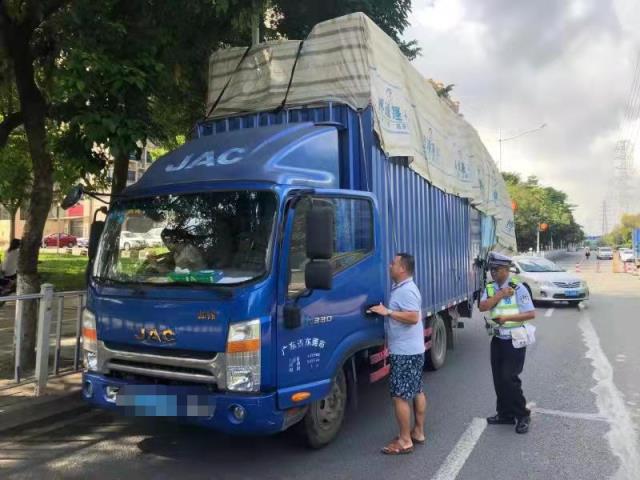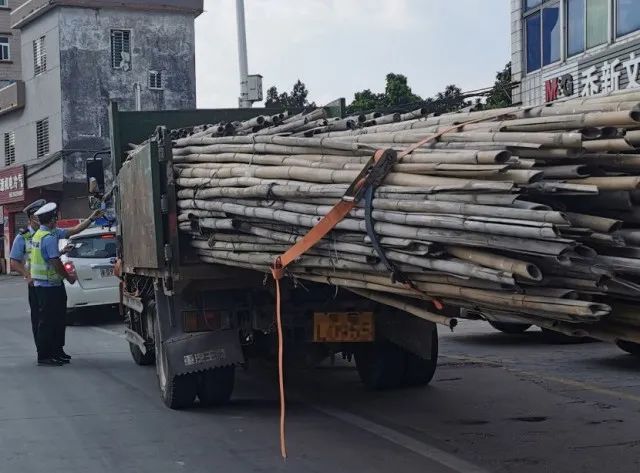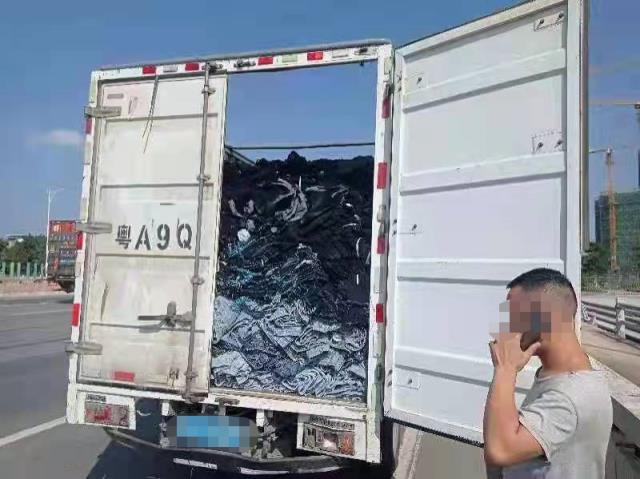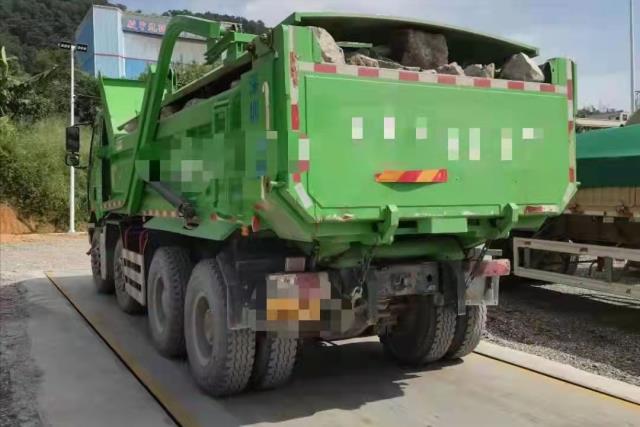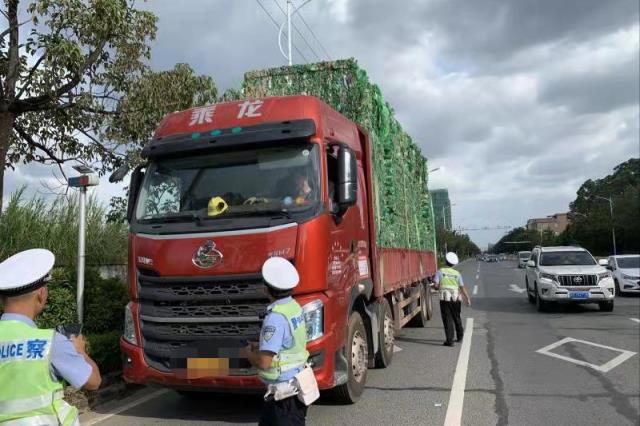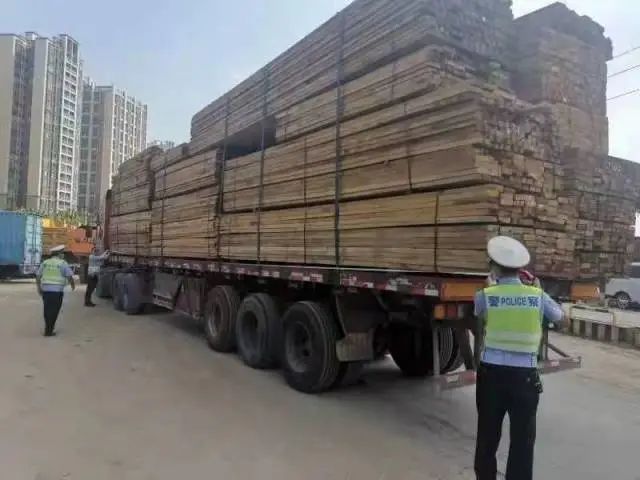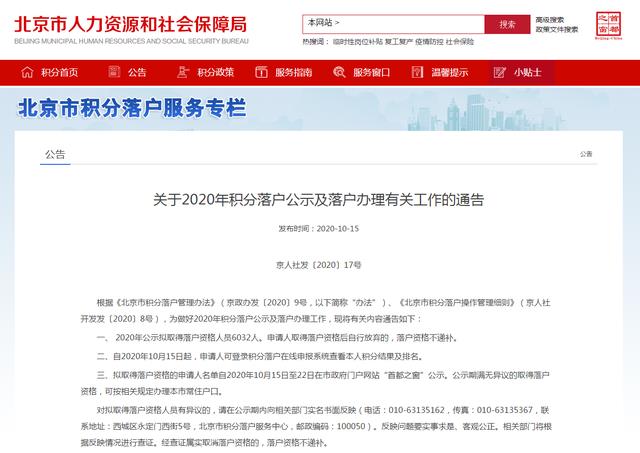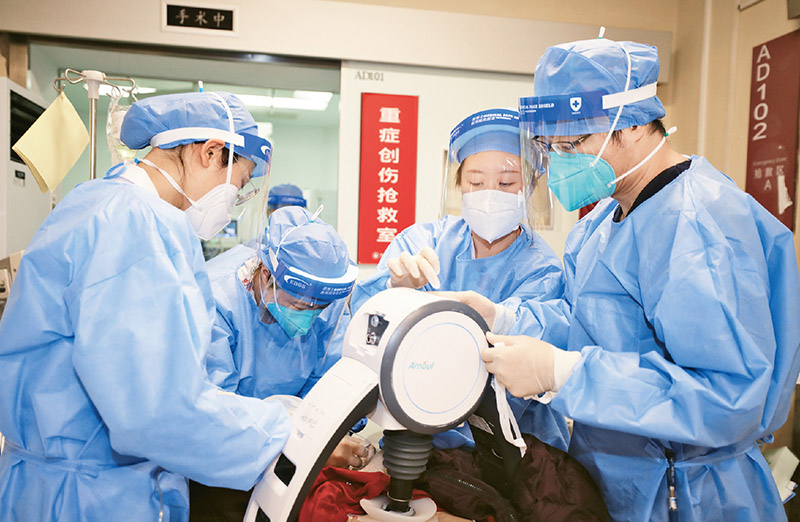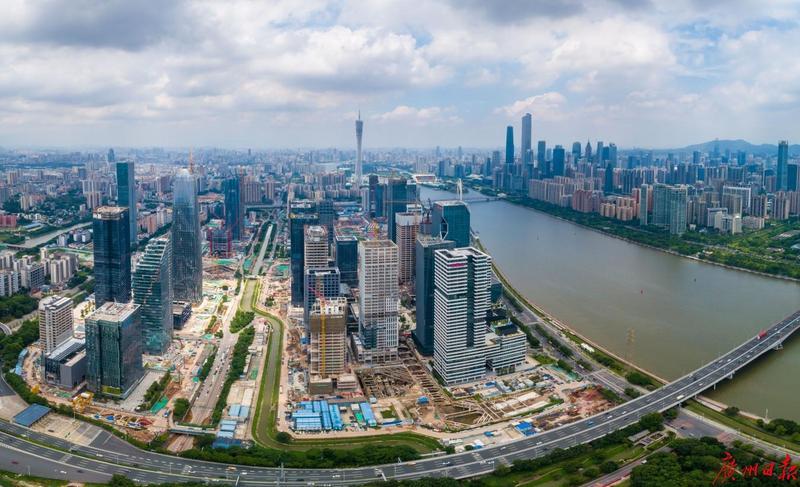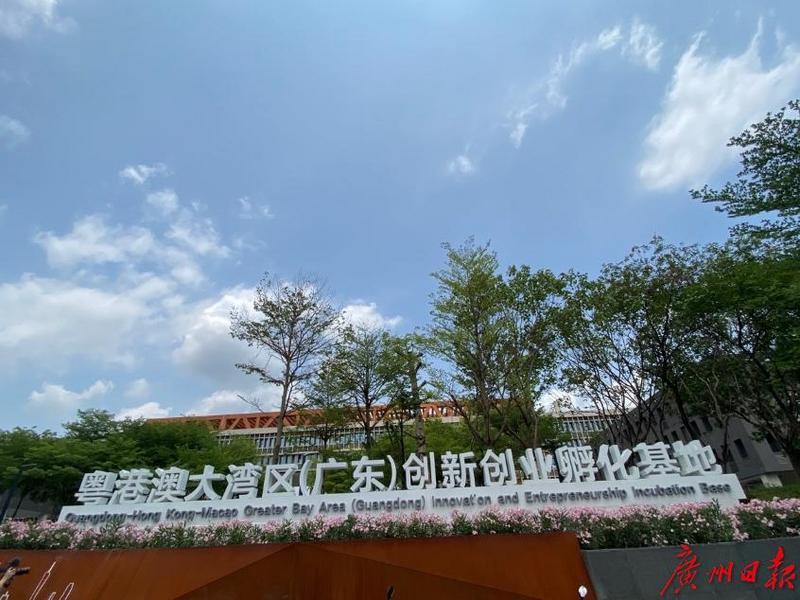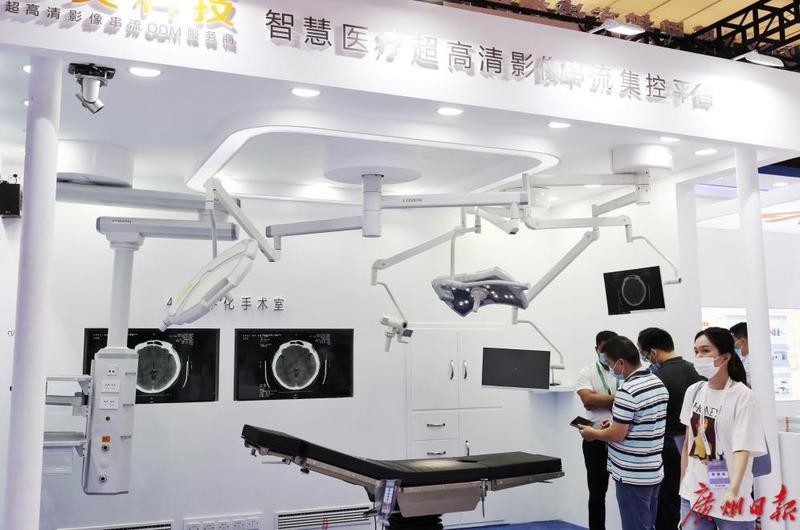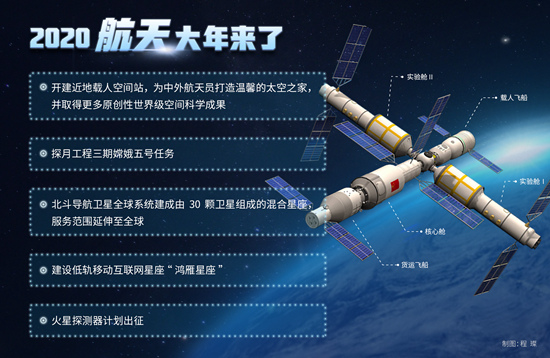
"China Space Station will surpass Mir Space Station in terms of functions, application benefits, construction technology, material replenishment and other important indicators, reaching or approaching the level of the International Space Station; We will surpass the level of the International Space Station in terms of information technology, energy technology, power technology and operational cost-effectiveness. " Academician Zhou Jianping, the chief designer of China’s manned spaceflight project, revealed at the 4th Chinese Project Summit Forum.
At the same time, Shanguang Chen, chairman of the forum, pointed out: "With the support of the Human Factors Engineering Section, China Space Station will definitely provide a warm space home for China astronauts and world astronauts, and make original achievements in Chinese."
Although human factors engineering is a strange scientific field to the public, four human factors engineering conferences have been held, each time releasing heavy signals and memorable news.
People are full of infinite imagination about the coming year of 2020 — — The space station era is coming, and the space year is coming!
Do astronauts drink their own urine in the sky?
Regenerative life support system is a sign of long-term residence.
"Urine may be a waste on the ground, but it is a resource in the sky." Wu Zhiqiang, deputy chief designer of the space station system, said a lot of advanced terms before. When he said this sentence, laymen were shocked — — Do astronauts drink their own urine in the sky?
The ancients said "not dirty and unclean". With the development of science and technology, it seems that the time has come to subvert our "three views".
Since Shenzhou 5 Yang Liwei went to heaven, China entered the era of manned space flight, supported by the first generation of life support system. Later, every time Shenzhou went to heaven, it would go to a higher level in terms of human security. By the last Shenzhou XI, Jing Haipeng and Chen Dong spent 33 days cruising in space, showing their fashionable life of drinking tea and keeping fit in space to the people of the whole country.
Next, China enters the space station stage. What’s the difference?
Astronauts will stay in the space station for up to 180 days! As in previous times, it’s no good just bringing food, drink and oxygen. Although we have supporting cargo ship support, the cost of launching once is too high, and the life support system must be upgraded — — Physical and chemical regeneration life support system came into being.
"Machines should serve people." This sentence that Shanguang Chen often emphasized is believed to be our common belief, but in fact, with the continuous progress of technology, human beings have become more and more dependent on and worshipped machines, and gradually forgot their original intentions.
There is no denying that the man who created the machine is really great, and so is the machine. For example, Chang ‘e-1 to Chang ‘e-4 are exploring the moon for Chinese now, and next year’s Mars rover will help us to find out where the imagination of many generations has been entrusted. Machines have been opening up territory for us.
But machines can never replace people. People are uncertain, at the same time, people are irreplaceable factors. When people face new things and complex problems in person, their emotions, communicative thinking and comprehensive decision-making ability are beyond the reach of machines, which is the greatest driving force for science.
The summit forum on human factors engineering has been held for four years in a row. In four different cities, a large number of old academicians, old scientists, generals, lieutenant generals, chief engineers, deputy chief engineers and male and female astronauts are gathered every time. Recently, Wang Jian and Mao Ming, new academicians under great fame, have attended many meetings.
Why do so many famous scientists and designers of big countries attach so much importance to human factors engineering?
Perhaps, as China Space Station opens its doors to astronauts and scientists all over the world, human factors engineering will also be unveiled and truly understood by the public. The original research results produced by space research will serve our lives more and more.
With the construction of the space station, how to run the materialized regenerative life support system for long-term space flight reliably and efficiently has become the best example to explain human factors engineering.
Regenerative life support is a key sign system for astronauts from short-term flight to long-term in-orbit stay.
This environmental control and life support system not only collects and transforms people’s sweat and urine in the system, but also aims at establishing people’s living environment to ensure people to work efficiently and comfortably. In other words, the creative design practice of this system is all around people, serving people to eat, drink, sleep and work in a closed spacecraft.
"Regenerative life insurance technology is very complicated and is called a worldwide problem. It can be seen from the development process in the United States and Russia that the technology is very difficult and the investment is very large. " Wu Zhiqiang introduced that the development cost of a water treatment system on the US space station was 200 million US dollars. The International Space Station has been built for more than 10 years, and the regenerative life support system really only took five or six years.
Why are the United States and Russia so willing to invest money in this system?
Because according to their calculations, it costs 40,000-50,000 dollars to transport 1 kg of material to the orbit of the International Space Station, and 1 g of water is basically equivalent to the value of gold. "Of course, this is just water, and it also needs containers for water. Together, the economic cost is even greater." However, people generally need more than two kilograms of water a day, which is enough for three to six astronauts to spend six months to more than one year. It can be said that they are constantly burning money.
The International Space Station has spent more than 100 billion dollars. It is a challenge for China to make the design and management of the space station better and realize the pursuit of science and technology at less cost. Only by doing this can we be a sustainable development way.
This is the task of Wu Zhiqiang. Chinese has always had a big brain.
When astronauts are studied as the core of system engineering, they become very close to ordinary people. Everyone excretes 1.6 kilograms of urine and 1.7 kilograms of sweat a day, and there is water in the stool. Recycling water is the foundation. In addition, water contains oxygen, which can also be obtained by water electrolysis. In addition, the amount of carbon dioxide produced by people in breathing is 1 kg per day. These wastes should be returned to their respective places, recycled in different treatment systems, and finally converted into available resources in the space capsule. In the future, the cargo spacecraft can carry a basic amount, and the cost is greatly reduced.
"Reclaimed water, in a sense, is a kind of water produced in orbit. It is extracted from waste. In order to ensure people’s life and health, it must strictly meet medical requirements. " Popular science in Wu Zhiqiang has given the public a fact that if we want to travel around space, we also need to reuse the urine of the converted cabin personnel.
It must be said that when human beings look at the vast space, they deeply feel that it is extremely vast and has no boundaries. When human beings look at themselves, simply eating, drinking and sleeping is actually an extremely precise and borderless field. However, the study of ourselves determines how far we can go if we leave the land under our feet.
"This system has the most manned characteristics, and it is also an important symbol to distinguish manned spacecraft from unmanned spacecraft." Wu Zhiqiang’s task is ordinary in words, but it is a multi-system interdisciplinary subject in practice.
It can be seen that the parents of this body are naturally enjoying their own bodies, but they don’t realize that this is the greatest machine and there is endless room for exploration.
This system, which was previously hidden behind the spacecraft, is coming into people’s field of vision when astronauts are about to stay in space for a long time and are planning to go to the moon and Mars.
However, what if such precious recycling equipment breaks down in case it is used? This involves a typical human factor problem — — On-orbit maintenance of space equipment.
Even maintenance is also human.
The life of the space station is not only built, but also repaired.
"After the completion of the China Space Station, we will use the operation of astronauts and the cooperation of mechanical arms to transfer the solar wing to this position to improve the working efficiency of solar wing batteries. This is a very complicated on-orbit operation. If China astronauts do this, I think we will reach the same level of extravehicular operation as the International Space Station. " Zhou Jianping pointed out the design of China Space Station and explained it to everyone.
In the weightless environment, astronauts leave the cabin, transfer and repair equipment. The scene of astronauts working in harsh space environment in American movies is vivid. Many fans expect China to enter the era of space station, just to see that Chinese can do such a difficult job. The scene described by Zhou Jianping is not only difficult, but also proves the strength and ability of the China astronauts, which is exciting to think about.
Zhou Jianping used the space station as an example. At that time, the design life of the Soviet Union’s Mir space station was only five years. Because of the participation of some people, the Mir space station continued until 1999. Because the Russian operation and maintenance cost was unbearable, it was derailed. Similarly, there is no active participation in the current International Space Station, and it is impossible to maintain this state.
It seems that the life of the space capsule is not only made, but also repaired.
Zhou Jianping reveals the secret — —
This time, our telescope will also be in the earth’s orbit, with a magnificent name, called "Sky Survey". Compared with Hubble telescope, the field of view of the survey telescope is more than 300 times larger, but the resolution is comparable. It can fly in common orbit with China Space Station. When the space station needs to replenish it, the astronauts need to repair it, or the equipment needs to be upgraded, it can dock on the space station, and the astronauts will leave after the necessary operations, and then continue to fly in common orbit.
In the past, if satellites were launched out of control, they would lose hundreds of millions or even billions, and they would also become space junk suspended in orbit. But in the future, there will be onboard engineers in the spacecraft who can capture these satellites for maintenance. There are also some satellites that have expired, and we can also replace them for maintenance to increase their life.
As we all know, it is a breeze for us to twist a screwdriver on the ground, not to mention the load engineer and the astronaut from the Air Force. However, under the threat of extravehicular cosmic rays and flying rocks, astronauts must wear spacesuits as hard and heavy as a small spacecraft, and clumsy gloves make it very difficult to hold things. Therefore, the maintenance in the sky is mostly modular and integrated.
Just like children putting together Lego, even if it is a problem of a line or a screw, a whole module should be replaced to ensure safety and efficiency.
Shanguang Chen said that the on-orbit operation of the space station will reach more than 10 years, and there are many equipments including spacesuits and regenerative life support systems, which can greatly prolong the on-orbit service life and reduce the transportation cost through maintenance and parts replacement. How to ensure the quality of maintenance and improve the efficiency of maintenance should fully consider human capacity, space constraints, tool constraints and other human factors.
In just a few words, everyone has realized the arduous task of astronauts and load engineers in the Heavenly Palace in the future, not only to bear the test of weightlessness on the body, but also to do scientific experiments; It is necessary to observe both outer space and the earth from high altitude; It is necessary to go to the cargo ship to carry goods, to repair and overhaul the space station outside the cabin, and to launch micro-satellites to repair the survey telescope that is docked in parallel.
After Zhai Zhigang leaves the cabin and waves the national flag, future China astronauts will walk out of the cabin door more and more to work hard for our aircraft!
Half a year ago, NASA announced an Artemis project, that is, the United States won the moon again in 2024, and female astronauts will complete the moon landing. People invariably focus their eyes on Wang Yaping, the heroine of China.
When Shenzhou-10 was flying, as a space teacher, she gave a popular science class to primary and middle school students in the narrow cabin of Tiangong-1. The opening rate of the video at that time reached 1 billion times. If China can’t land on the moon immediately, it is certain that there will be female astronauts who will stay in the Tiangong for a long time in the near future and conduct scientific experiments in the core cabin and experimental cabin.
Wang Yaping’s appearance embodies the beauty of China’s classical beauties and the heroic posture of female soldiers, and her figure is tall and slim. People can’t help feeling pity for jade: how can such a slender woman carry heavy maintenance tasks?
This requires ergonomics to design auxiliary equipment that is more suitable for human body to work efficiently.
According to reports, the living environment of astronauts has been greatly improved. It can be said that from the past one room and one living room to three rooms and one living room, its livability is better and the extravehicular clothing has been greatly improved.
The more perfect the design of human factors, the less uncomfortable people feel, and the closer it will be to the day when ordinary Chinese will go into space.
Facing the unknown
Human factor evaluation surfaced.
Aerospace is a complex giant system, among which, what worries scientists most is how the people inside will survive and how to face the sinister and uncomfortable living environment when the spacecraft leaves the earth, our familiar home. In other words, how can we ensure that astronauts are "born after death" and work pleasantly and efficiently?
Human factors engineering studies more about death. This is a subject based on failure, disaster and lessons.
"The Boeing plane in Ethiopia went down vertically, reaching 20 meters underground." Academician Liu Daxiang watched the video of Boeing 737MAX’s last out-of-control state some time ago, which made him "particularly uncomfortable". This type of aircraft crashed twice in the four months from the end of last year to the beginning of this year, killing 346 people. At first, Boeing put the blame on people, saying that the driver’s operation was wrong, but "we didn’t analyze this problem, so China was the first to make a decision to stop flying". It was later proved that the pilot of this plane staged a man-machine war in the last 12 minutes. It is said that a system repeatedly forced the nose down, and the pilot repeatedly pulled the nose up again, but in the end, under the arrogant instructions of the machine, the driver could do nothing, causing human tragedy.
"Now all fields are completely commanded by machines, which is risky." The famous aero-engine expert in China said that Boeing 737MAX didn’t carry out enough flight test after replacing the engine, and didn’t make a comprehensive evaluation including human factors, and the result was painful.
Shanguang Chen believes that the Boeing accident has once again caused the industry to think deeply about the allocation of human-machine functions, and the main reason is that it does not pay attention to human factors evaluation. In fact, many accidents in the aerospace field can be attributed to human error or insufficient error-proof design of machines.
"Eliminating operational mistakes is my lifelong goal." Lieutenant General Hu Shixiang, who sent China’s first artificial satellite "Dongfanghong-1" into space in 1970, said this. He participated in organizing more than 100 launch tests of satellites and rockets.
What he remembers vividly is the launch of a communication satellite in 1982. After several simulated flights, the data showed that the rocket was short-circuited after 17 seconds of flight.
"Check. The socket was opened to see how the welding point was, and it was turned upside down one day and one night, and no problem was found. " Everyone can’t go anywhere, they are all waiting, and he feels stressed. Finally, it was found that there was a solder particle rolling around in a socket. Going back, it was a female inspector in Shanghai who was pregnant, "in a bad mood and missed the inspection."
Today, when it comes to aerospace, it is foolproof, and it is all from victory to victory. In fact, in Hu Shixiang’s memory, there was a bleak time. At that time, China had just started to help foreign countries to launch commercial satellites, and failed because of the plug problem and careless problem. "When Zhu Rongji served as deputy prime minister, he visited our base and asked, Commander Hu, can you hit three satellites and drop the next one? You go up and down now, and our hearts can’t stand it. "
"Plugs and sockets are often a simple problem, but the result of simple problems is very heavy. It can be said that a screw links the aerospace industry and a small button maintains national dignity. " Hu Shixiang appealed to the human factors experts who attended the meeting, and asked whether the human factors experts could give a measure and a method to reduce human errors and ensure success.
Shanguang Chen pointed out: Eliminating human errors and ensuring safety has always been the goal pursued by commanders and engineers at all levels engaged in complex systems and engineering projects, and human factors engineering provides theoretical guidance and design methods for this. These systems are designed by people, and they are bound to be branded by people. The system must be evaluated by relatively independent human factors, and the system that fails this evaluation shall not pass the final acceptance. Manned space flight is establishing this management and technical system.
The discipline idea of human factors engineering is to embody the design idea of people-centered, make the machine adapt to people’s needs, and the discipline goal makes the whole system realize safety, high efficiency and high performance. Typical characteristics are system engineering thought, design-oriented and multidisciplinary integration. It can be said that human factors engineering is a people-oriented system engineering.
Laozi said: goodness is like water, and water conservancy does not dispute everything. Shanguang Chen borrowed this concept many times and pointed out: people are like water, and if you are tall, I will retreat and not drown your grace; If you are low, I will come to make up for your shortcomings. More and more big countries have introduced human factors engineering into their own top-level design.
Bridgehead towards deep space
When will cars come and go on the moon?
Just like Go, when you take a step, you must design the next three to five steps.
When people are cheering and screaming for the 2020 space year, China’s manned space flight has started the deep layout of flying to the moon.
Why do you choose the moon for deep space? Shanguang Chen said that manned space flight has three main goals: first, exploring the unknown; The second is to develop and utilize space resources; The third is to expand the living space and find a new home. The moon is "the bridgehead for us to go deep into space".
In many science fiction novels, water ice, helium 3, important minerals and other resources on the moon are mined by clones and robots and transported back to the earth to serve mankind. So, what will the moon look like? Will there really be cars coming and going like Shanguang Chen said?
He believes that our future moon city will be implemented in stages: outpost, semi-permanent base, and then permanent moon home.
The moon home is mainly underground buildings, which can use moon soil and moon rock for heat preservation, heat insulation and radiation protection. Using 3D printing, the lunar dust and excavated lunar soil are printed into building materials. Choose a place where underground space is easy to drill and dig, and take Moon Rock as the base radiation bunker.
Shanguang Chen’s description is full of wonderful imagination. Perhaps, with the strong support of engineering and other disciplines, it will be close at hand when we have a super-large thrust rocket?
But he changed the subject and talked about a "successful failure."
At that time, Apollo 13, which flew to the moon, only flew for 55 hours and 46 minutes, and the agitation of the oxygen tank led to the serious explosion of the spacecraft service module. The spacecraft began to lose power, heat and, more importantly, the astronauts lost breathable oxygen.
"However, the astronauts used their quick wits to use the Aquarius lunar module as a lifeboat, and finally got rid of the gravity of the moon and returned to Earth safely. This is a successful case of relying on people’s wisdom and exerting people’s role, so it is a successful failure. " Shanguang Chen hopes to use this example to tell everyone that if we want to March to the moon, we must have more advanced human factors engineering concepts and designs.
Because human factors engineering is a kind of efficacy discipline based on failure and death.
What is a good designer? "Under danger, the system has the ability to play a human role and restore security." Shanguang Chen pointed out that, inspired by the experience of Apollo 13, our lunar module will directly carry the escape module in the future, which will increase the hope of astronauts’ survival.
The characteristic of aerospace is that many escape devices have been designed before. For example, when a rocket is launched, there is an escape tower in the atmosphere, and if something happens, it can parachute back to the ground. Therefore, whether you enter the Tiangong capsule or go to the moon in the future, you should put safety and efficiency first.
"Through the construction and development of the moon home, mankind will go to deep space, move to Mars, get out of the solar system, inherit the spark and spread human civilization in the vast universe!" Shanguang Chen set his sights on the future.
Perhaps looking back in a few years, 2020 is a very important time node for China’s space flight. Such a grand plan is to start from the core module of the space station — — Tianhe, take the first step.
(China Youth Daily China Youth Network reporter blocking force)
